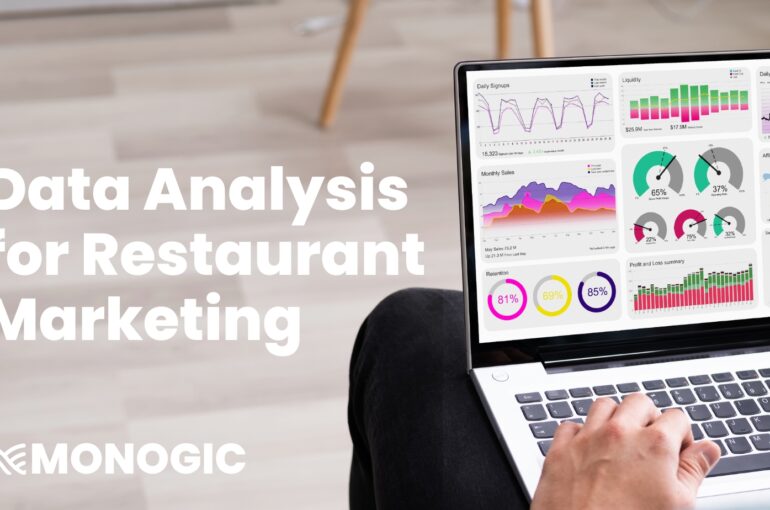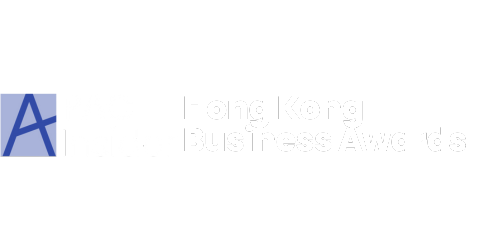How Does Data Analysis Help Restaurants with Marketing?
Data Analysis is an essential element of Digital Marketing, and is the one of the greatest advantages of Digital over Traditional Marketing techniques. With Digital, we get an almost real-time feedback on our performance, we can look at an almost endless number of datapoints and begin understanding how customers are actually interacting with the brand, products, and more.

When we look into the data and the journey the customer has taken between their first touchpoint with a restaurant or brand until their reservation, we start to see which channels are driving the most customers to make bookings, and where customers are most frequently first learning about the brand.
This is called marketing attribution and when it’s done right, it can help businesses shave huge amounts of their marketing budgets off of channels that aren’t driving business, or help make the decision to increase spends on channels that are.

How to Integrate Digital into Restaurants
The greatest challenge in digital marketing for the restaurant industry, however, is how such profoundly offline businesses can capture data in the first place, measure where bookings are coming from and what is ultimately driving revenue.
There are a number of great tools that restaurants can use to get even basic data to begin understanding their marketing performance. Reservation systems are a core element of digital infrastructure that every restaurant with any amount of digital marketing should have. It acts as the bridge that connects a customer’s online journey to an action that directly relates to business.
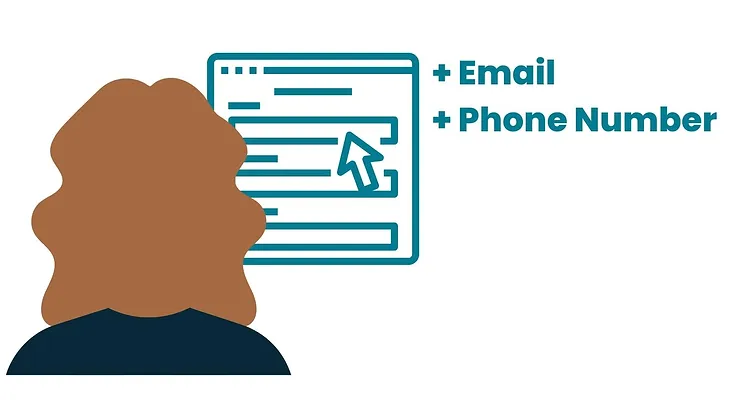
Through this, we can also start collecting contact information so that we can re-market to these customers. After all, a successful and stable restaurant business should be expecting as much as 80% of their revenue to be coming from their regular/repeat customers – and a regular customer is only truly a stable regular after around 3 visits. In fact, a customer that visits once is around 40% likely to return a second time, and 42% for a second to third – but a customer that visits three times is over 70% likely to return for a fourth, and so on.

Some reservation systems can even extend beyond reservations and include point-of-sale functionality, which may even allow us to connect the customer’s journey with actual business revenue and dining spend. This might even allow us to segment our customers with marketing permissions and tweak our messaging and materials to customers that are in the top 10% of highest-spending customers; or customers that have visited no more than twice to encourage them to come back to increase customer retention.
Overcoming the Hurdles with Expert Help
At Monogic, we help our full-scope restaurant clients to set up the digital infrastructure they need. Then, we are able to show our clients what is working, what is not, and helps us to learn where our efforts are paying off. After working with a large number of restaurants, while we can’t share the data, we’ve learned what has a stronger tendency to work for different brands and target personas.


